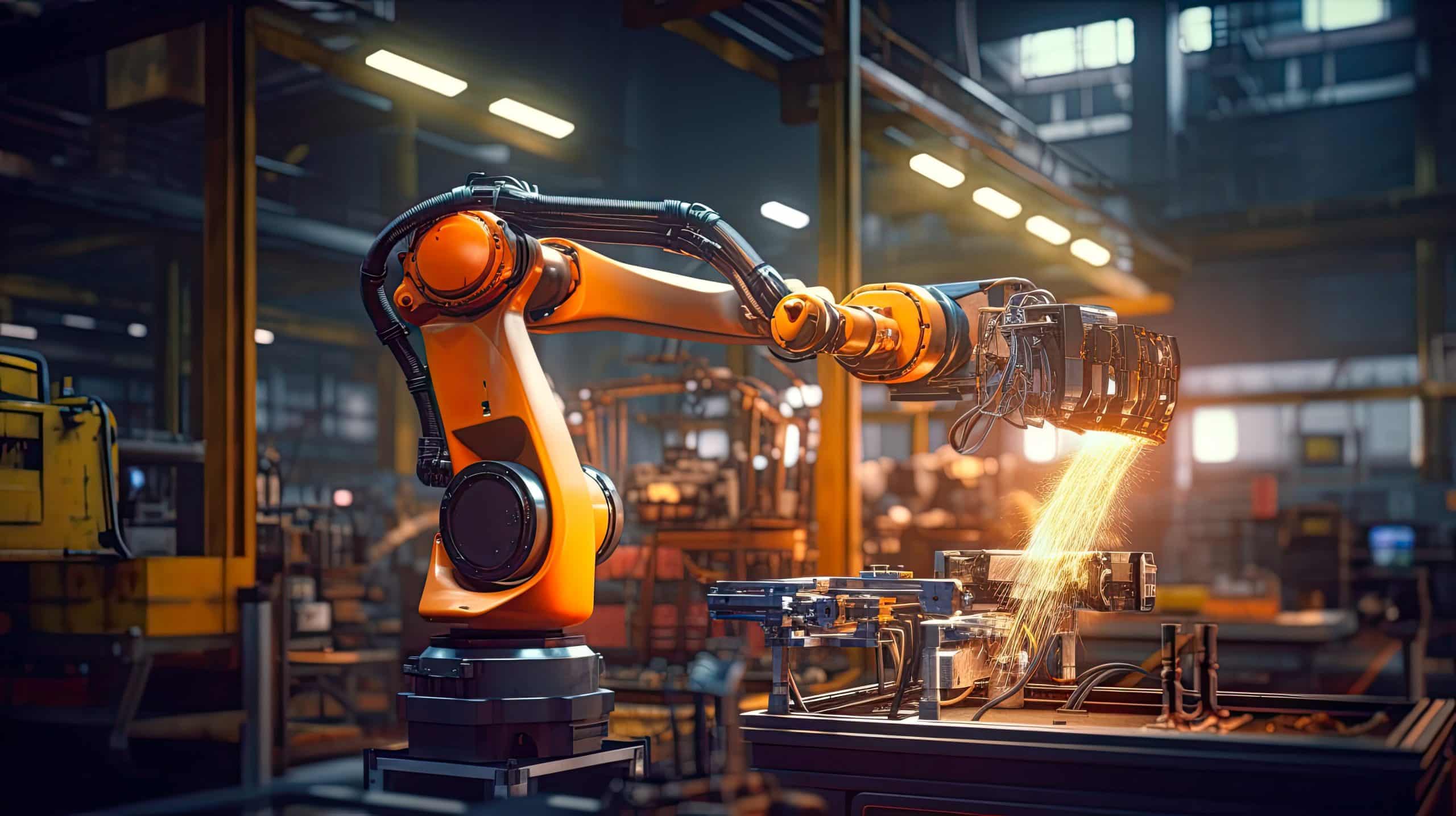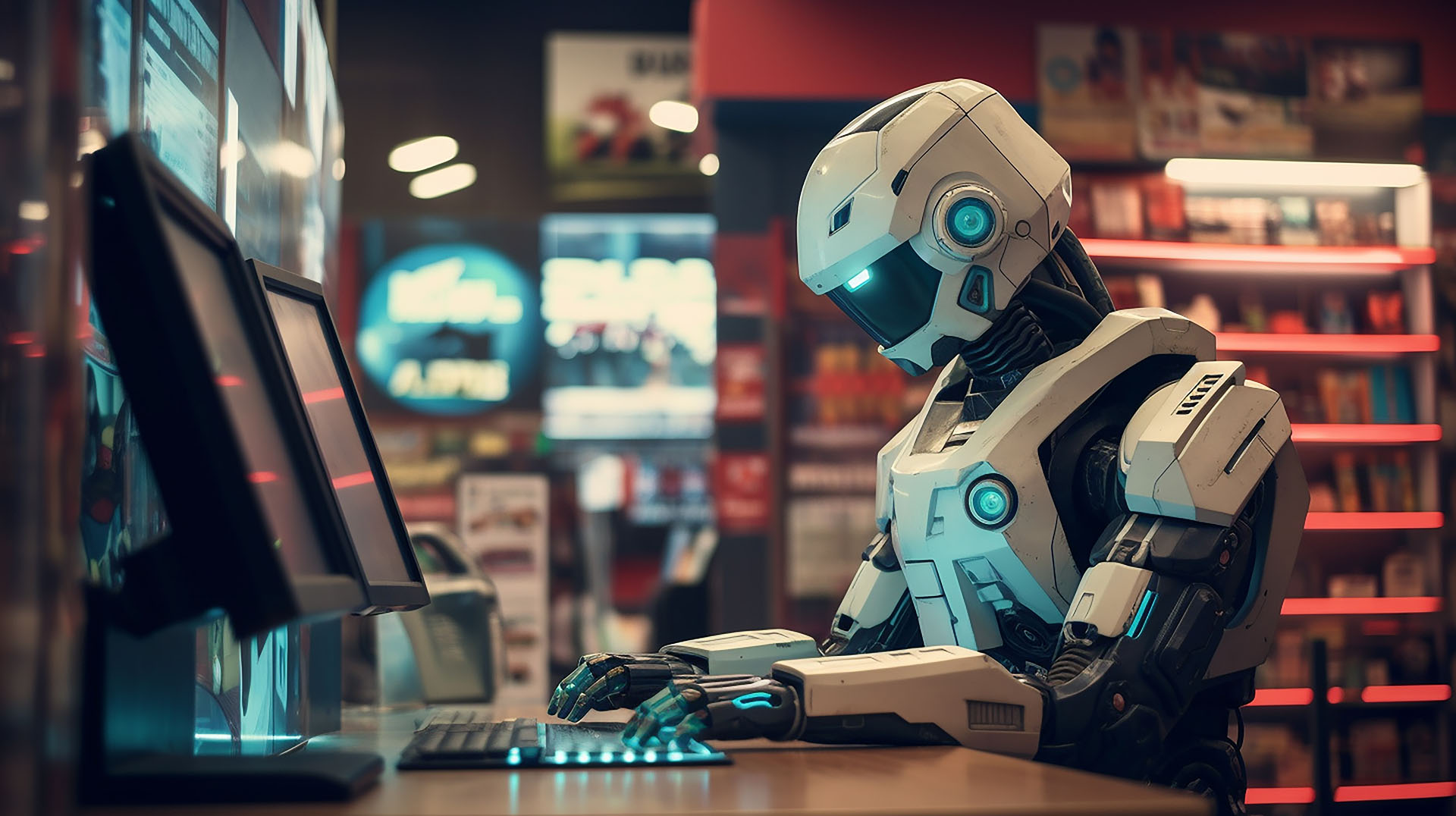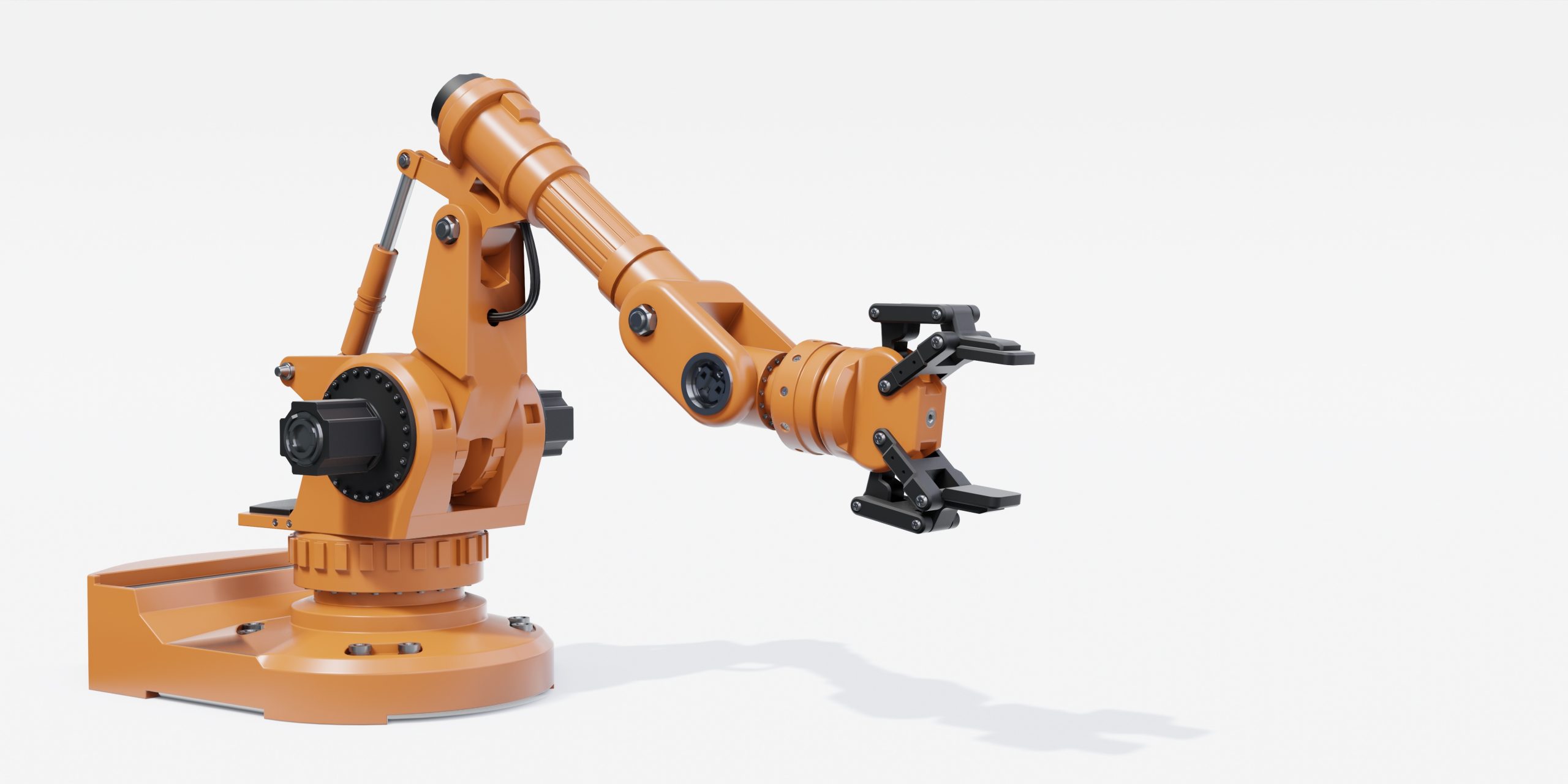Hard robotics refers to the branch of robotics that involves the creation and use of machines primarily composed of rigid materials such as metal and plastic. Unlike soft robotics, which focuses on flexible, compliant materials that mimic the movements of living organisms, hard robotics employs sturdy structures to achieve precision, strength, and durability. This article delves into the various aspects of hard robotics, with a particular focus on robotic arms, which are one of the most prevalent applications in this field.
The Core Components of Hard Robotics
Hard robotics systems are built around several key components that ensure their functionality and reliability:
1. Rigid Frameworks
The backbone of any hard robotic system is its rigid framework. These frameworks are typically made from materials like aluminium, steel, and high-strength plastics. The rigidity of these materials provides the necessary support and stability for the robotic system to perform tasks with high precision and repeatability.
2. Actuators
Actuators are devices that convert energy into mechanical motion. In hard robotics, common types of actuators include:
- Electric Motors: These are the most commonly used actuators in hard robotics. They are known for their precision, speed, and control.
- Hydraulic Cylinders: Used where high force and power density are required, hydraulic actuators are ideal for heavy-duty applications.
- Pneumatic Cylinders: These actuators use compressed air to create motion and are often used for simpler, repetitive tasks.
3. Sensors
Sensors are critical for providing feedback to the robotic system. They enable the robot to understand its environment and adjust its actions accordingly. Common sensors in hard robotics include:
- Encoders: These measure the position and speed of the robotic arm’s joints.
- Force/Torque Sensors: These measure the force and torque applied by the robotic arm, ensuring delicate and precise operations.
- Proximity Sensors: These detect the presence of objects near the robotic arm, preventing collisions.
4. Control Systems
Control systems are the brain of hard robotic systems. They process inputs from sensors and execute commands to actuators to achieve the desired motion. Control systems can range from simple microcontrollers to complex computer systems running advanced algorithms.
Applications of Hard Robotics
Hard robotics has a broad range of applications across various industries, thanks to its robustness and precision.
1. Manufacturing
Robotic arms are extensively used in manufacturing for tasks such as welding, painting, assembly, and material handling. Their ability to perform repetitive tasks with high accuracy has revolutionised production lines, increasing efficiency and reducing labour costs.
2. Medical Field
In the medical field, robotic arms are used for surgical procedures, prosthetics, and rehabilitation. Surgical robots, like the Da Vinci system, provide surgeons with enhanced precision and control, enabling minimally invasive procedures that reduce recovery times and improve patient outcomes.
3. Aerospace
The aerospace industry uses robotic arms for the assembly and maintenance of aircraft and spacecraft. Their precision and ability to operate in harsh environments make them invaluable for tasks that are difficult or dangerous for humans.
4. Logistics and Warehousing
In logistics, robotic arms are used for sorting, packing, and palletising goods. They enhance the efficiency of supply chains by automating repetitive tasks and handling heavy loads that would be challenging for human workers.
5. Construction
Robotic arms are increasingly being used in construction for tasks such as bricklaying, concrete dispensing, and demolition. Their ability to work continuously without fatigue and their precision make them ideal for improving construction speed and quality.
Advantages of Hard Robotics
Hard robotics offers several significant advantages:
1. Precision and Accuracy
Robotic arms can perform tasks with a level of precision and repeatability that surpasses human capabilities. This is particularly important in industries like electronics manufacturing, where minute errors can lead to significant issues.
2. Strength and Durability
The rigid materials used in hard robotics provide the strength needed for heavy-duty applications. This makes hard robots suitable for tasks that require significant force and durability.
3. Speed and Efficiency
Robotic systems can operate at high speeds and continuously without the need for breaks, significantly increasing productivity in industrial settings.
4. Safety
By taking over dangerous tasks, robotic arms improve workplace safety. They can operate in hazardous environments, handle toxic substances, and perform tasks that pose a risk to human workers.
Challenges and Future Directions
Despite their many advantages, hard robotics faces several challenges:
1. Cost
The development and maintenance of hard robotic systems can be expensive. High initial costs and the need for specialised technicians can be barriers for smaller companies.
2. Flexibility
Unlike soft robotics, hard robots can be less adaptable to changing environments and tasks. Their rigid structures can limit their ability to handle variations in the workspace.
3. Complexity
The integration and programming of hard robotic systems can be complex, requiring significant expertise and time.
4. Ethical and Social Implications
The widespread adoption of robotic systems raises ethical questions about job displacement and the impact on the workforce. Addressing these concerns is crucial for the sustainable development of robotics.
Conclusion
Hard robotics, with its emphasis on rigid structures, precision, and strength, plays a crucial role in modern industry and technology. From manufacturing to healthcare, these systems enhance efficiency, safety, and capabilities in various fields. While challenges remain, the continued advancement of hard robotics promises exciting developments and new applications, paving the way for a future where humans and robots work together seamlessly.






